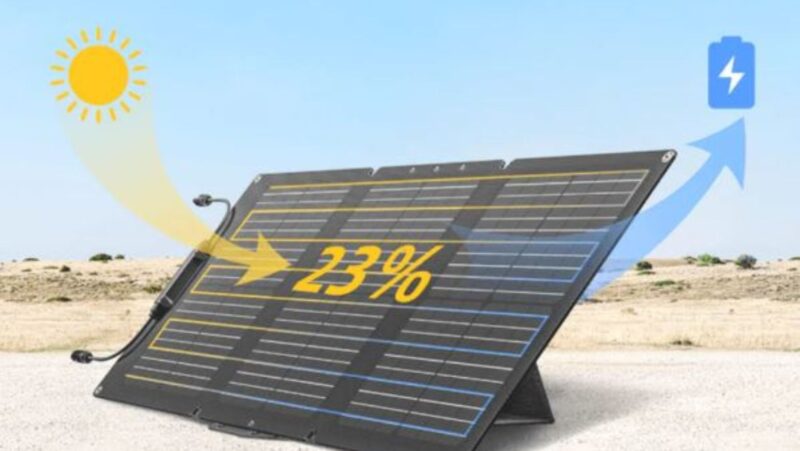
Seniors must reconfigure their financial objects and reassess their risk tolerance as they move closer toward retirement.
Many nowadays include a gold IRA as a low-risk option, but it’s important to weight the advantages and downsides as they pertain to your specific financial circumstances. Read here to learn whether you should get a gold IRA.
What Is a Gold IRA

These IRAs can be funded by transferring or rolling over funds from an existing retirement account or by using a wire transfer, cash, or check. Funds should be promptly distributed to avoid penalties or taxes.
Account owners work with gold firms or custodians which is a company approved by the IRS to manage the logistics and purchase the precious metals with the contributed funds. Please visit https://goldco.com/gold-ira/ to learn more about gold IRAs from a leader in the industry.
Metals dealers can guide you to IRA-eligible coins, bullion, bars, that meet the IRS quality standards. After purchase, these precious metals are stored in an approved depository.
The Fundamentals of Gold IRAs for Seniors
The fundamentals of gold IRAs for seniors are relatively the same as for most investors with a few distinct differences. Once you become 50, contributions rise $1000 more to $8000 from $7000 each year. Going beyond this limit will result in a 6 percent penalty on the excess contributions.
Individuals older than 70.5 could not contribute to gold IRAs prior to 2020 but this has since changed. As long as you became 70.5 after 2020, you can continue to contribute. It’s encouraged as a wise investment to protect and grow your wealth.
Gold IRAs work similarly to conventional IRAs when withdrawing the funds. Distributions can be taken when investors reach 59.5 years old. If the funds are taken before this time, a 10 percent penalty incurs on the distribution amount.
Investors can allow their precious metals to continue to grow beyond age 59.5 without taking distributions; however, when reaching age 72, IRS rules stipulate RMDs – required minimum distributions must be taken. These can be taken in cash or the precious metal held in the IRA can be sent to you.
Is A Gold IRA A Wise Investment for Seniors
Many seniors loo for stable and safer investments as the ideal place to store their wealth as they get closer to retirement. Earnings on these investments are less; you won’t be building wealth quickly, but your money is protected from risk. Consider the following benefits and downsides to investing in gold.
Benefits
- Tax benefits
Like a conventional IRA, a self-directed gold IRA offers tax incentives for IRA contributions such as the potential for taxable income deductions and tax-deferred growth. For 2024 and 2025, investors, below age 50 can contribute $7000 and 50+ contribute $8000 pre-taxed funds each year into their account.
- Physical asset
The most distinct difference between conventional and physical gold IRAs is the permitted asset form. Self-directed accounts allow physical assets while conventional IRAs are restricted to paper holdings.
The gold IRA provides a range of advantages compared to its paper counterpart including independence from market volatility based on its inherent value.
- Inflation hedge
Investors have counted on gold to protect their investment portfolio from inflation tracing back through history. Market volatility puts investors at risk when relying only on paper-backed assets.
The gold IRA gives investors a gamut of precious metals to choose from each with inherent value safeguarding accounts against the effects of inflation. It’s noted that the dollar has lost substantial value compared to gold over roughly the last century.
- Diversification
Portfolio diversification means to space investments among a range of asset classes to protect against the unpredictability of market volatility.
Physical gold IRAs enable investors to accomplish this by allowing the investment in physical precious metals while providing tax incentives standard with a retirement account.
The IRS doesn’t restrict how many retirement accounts an investor can have allowing great diversification between paper and physical holdings.
Downsides
- No dividends, interest, or yields
Paper-backed assets give investors returns with dividends, interest, and yields helping to build wealth faster. The physical assets held in a gold IRA do not give these benefits.
- Familiarity
Gold IRAs are less favorable than the conventional IRA, making them more challenging for investors unfamiliar with where to start when setting one up.
Many conventional IRA providers know little about self-directed accounts. The best way to simplify the process is to find a quality and qualified gold IRA advisor who can support you as you maneuver the setup.
- Risk of penalties
The IRS restricts the type of assets that you can hold in a precious metals IRA. These stipulations not only limit the metal type but purity and other details. There are also rules pertaining to storage, yearly contributions, and withdrawals.
Attempting to set up and manage a self-directed account on your own could expose you to penalties and the potential for account closure.
- Investment minimums
Generally conventional IRAs don’t have minimum requirements, making them accessible for investors Gold IRAs tend to demand relatively high minimums considering the setup difficulty and maintaining the account.
A rollover from a conventional retirement account to a gold IRA could require as much as $10000 minimum while direct purchase could be $5000 investment.
Final Thought
As a senior looking toward retirement, it’s essential to pay attention for scams as you go through the process when you opt to open a gold IRA account. Scams are common in the industry and put your wealth and entire retirement at risk. Always ask questions if something looks suspicious.
Also, it’s wise to consult with a financial advisor to compare your options. Everyone’s retirement plan and financial objectives are different.
You want a personalized approach and to ensure you’re working with a quality and reputable company. The priority is to follow your long-term retirement goals, making financial moves that lead in that direction.









